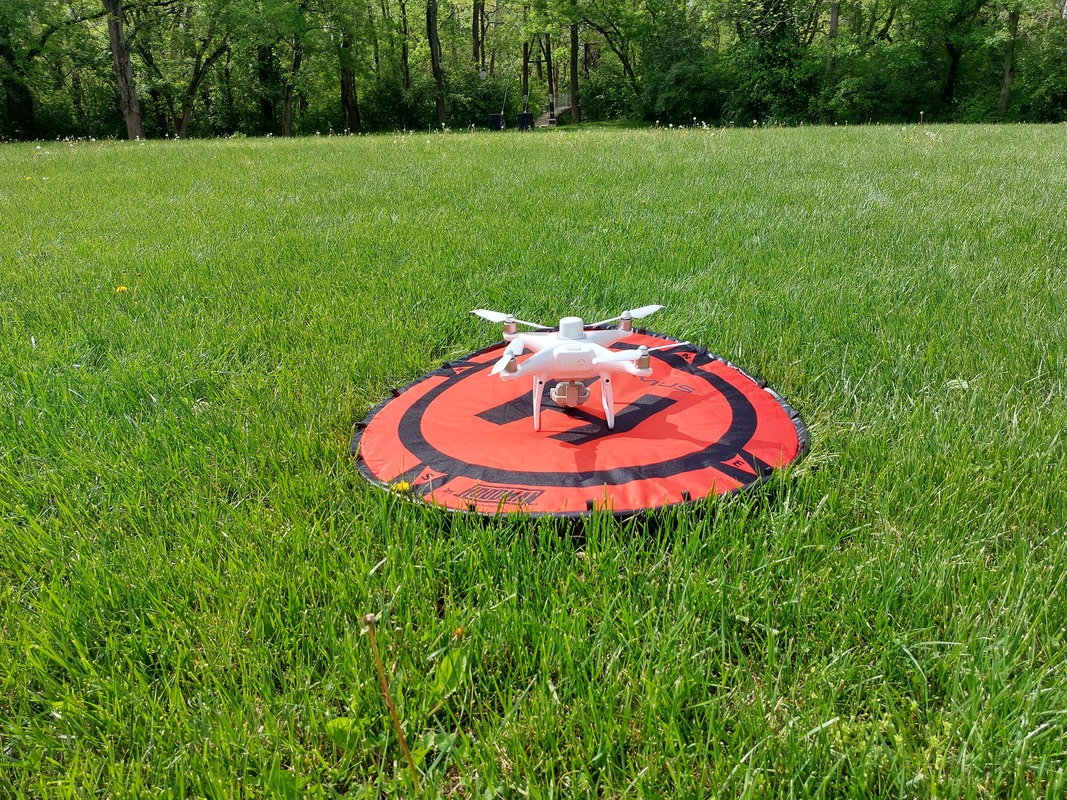|
As the technology for Unmanned Aerial Vehicles (UAVs) becomes increasingly more powerful and affordable, it is beginning to have an increased role in the agriculture world. UAVs, or more commonly drones, can be used for a variety of purposes, from monitoring crops, herds, and infrastructure to applying resources where they are most needed, and they will only continue to be more useful and important in the years to come. Here are a look at a few ways that agricultural producers are beginning to utilize drones in their businesses.
Monitoring Many drones with optical sensors can be very useful in remote monitoring of fields or rangeland. Having an aerial view of a field can give a producer the chance to see patterns that are not readily available from the ground, such as damage to crops from a storm or where plants are not growing as healthily. Additional optical sensors such as near infrared can be used to create normalized difference vegetation index (NDVI) imagery of crops, giving a detailed and precise measurement of crop health and showing where water or nutrients can be best applied. Drones can also be used to monitor and track herds or check for damage to fence rows or other infrastructure much more quickly than it would take to drive or walk a route, saving time and resources for routine tasks. Application Some drones are equipped to carry payloads and can be used in the precise application of resources. If a part of a field is not receiving enough water or needs to receive more fertilizer, then a drone can be used to deliver the precise amount of nutrients exactly where it is most needed to save on cost for the producer. Conversely, drones can also be used to deliver payloads of pesticide or herbicide where there is active damage to crops. Repeatability and Autonomy Many drones today come with software that allows the pilot to preplan flight missions and save them for future use. This means that the drone can be flown on the exact same path and perform the exact same actions whenever needed. This frees up the pilot from having to manually control the drone each flight and allows for high accuracy in repeating tasks. This also allows for repeated missions to collect the same data over multiple flights, an invaluable resource when comparing such things as the stages of construction of a conservation practice or routinely monitoring field health during the growing season. References https://nebraskacorn.gov/cornstalk/sustainability/four-ways-drones-are-used-in-agriculture/ https://www.tntech.edu/news/releases/22-23/class-demonstrates-variety-of-uses-for-drones-in-agriculture.php
2 Comments
|
Details
Warren County SWCD Staff BlogA blog to keep you informed on all the latest news at Warren County SWCD and in the conservation world. Archives
May 2024
Categories
All
|
|
|
Contact:PHONE: (513) 695 - 1337
EMAIL: [email protected] HOURS: Monday - Friday 7:30am - 4:00pm (except holidays) Connect:Warren County Soil & Water Conservation District Copyright © 2016
Warren SWCD Privacy Notice. Emails are serviced by Constant Contact. Constant Contact's Privacy Notice. |

